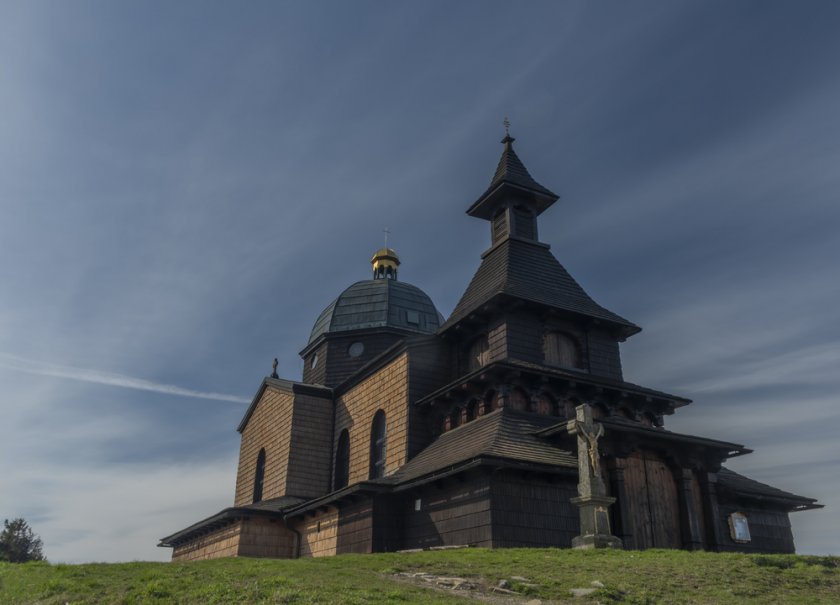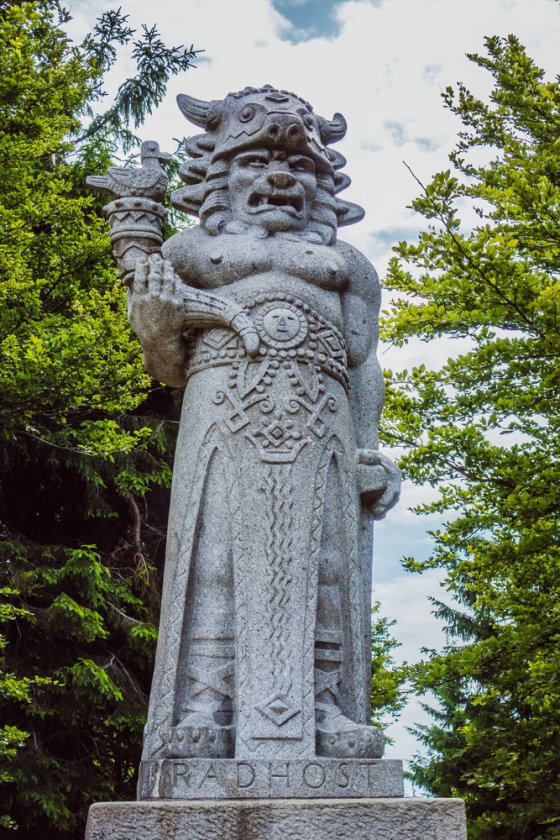Radhošť - Beskydy
The seventh highest mountain in the Beskydy Mountains and at the same time the westernmost thousand of this mountain range is called Radhošť and its altitude is 1129 meters. It is approximately 6 km northeast of Rožnov pod Radhoštěm, and legend has it that Radhošť has long been the seat of the Slavic god Radegast, the god of war, the sun and victory.
Information for visitors
Interesting facts Radhošť - Beskydy
We come across a statue depicting the god Radegast on the way along the Beskydy ridge in the direction from Pusteven to Radhošť. Its author is Albín Polášek, who did not portray the pagan god in the most pleasant mood. People used to respect him, bring him gifts in the form of cattle and catches, and every year at the end of spring a celebration of the summer solstice took place in Radhošť. The idol on top of the mountain was allegedly torn down by Constantine and Methodius, who replaced it with a cross.
Beneath the surface of Radhošť Mountain is a dense network of underground passages in which, according to legend, Radegast's shrine and treasures are hidden. A number of entrances, which the locals call "holes", can be found in a number of places. The local pastoralists are said to have used them in earlier times to store cheese and sheep's milk, or simply as a passage through the mountain.
The local underground corridors have not yet been explored, mainly because they are formed by moving sandstone, cracks and fissures. The sandstone layers crack and move over time, so that some cracks may enlarge and others may disappear completely.
The top of the mountain Radhošť is bare and it is possible to see from it a really breathtaking view of the panorama of the Moravian-Silesian Beskydy, but also Javorníky or Vsetínské vrchy. The northern slopes of Radhoště are part of the national nature reserve of the same name.
Today, Radhošť has a number of interesting buildings, such as the Chapel of St. Cyril and Methodius and their sculptural group, as well as a television transmitter and a cross.
Author: Andrea Štyndlová



